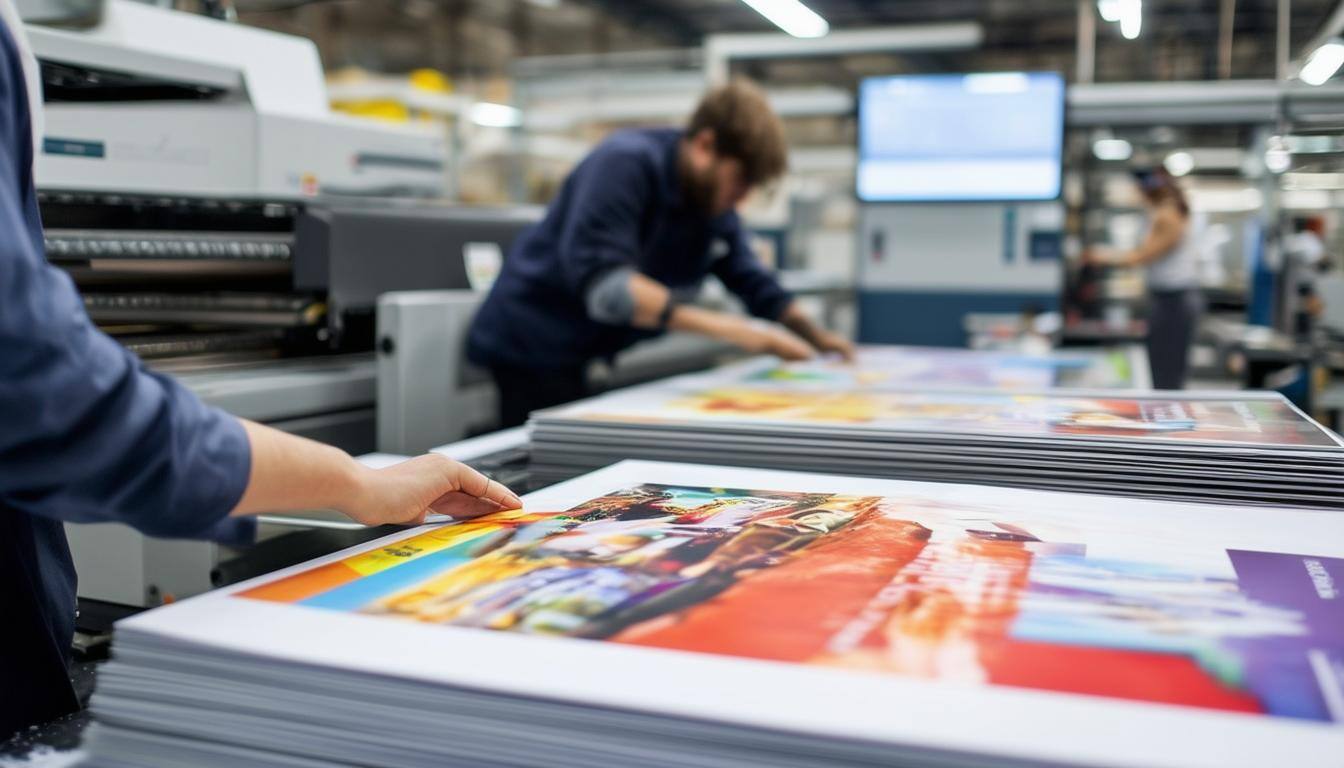There’s an old carpenter’s adage that goes, “Measure twice and cut once.” If you’ve ever done a home-improvement project or made Halloween costumes for your kids, you know it’s good advice. Following this simple rule can save time and money by preventing costly mistakes. Once the sawing happens and you’ve measured short, there’s no going back.
The same is true in printing. Once the job has run, mistakes will cost. So it’s essential to have something to check before the piece prints. That’s why proofs exist. They’re the final checkpoint on the road to getting what you want.
Boingo Graphics encourages customers to use the right kind of proof or proofs on every project. Proofs keep everybody happy—printer and customer alike—by making the printing process easier and more enjoyable.

A proof tells you that all is well or adjustments need to made before the printed piece goes into final production. The many items you can check on a proof include:
• Bleeds
• Color accuracy
• Perforations
• Folds
• Photo positioning
• Trim size
• Element proportioning
• Content and graphic positioning
• Typographical errors
• Pagination
• Screen values
It looks like a long list and, on some projects, you don’t have to check all the items. But it’s best to be as thorough as possible, so you’re better off taking your time. It’s also smart to have a few more sets of eyes available to take a look.
Of course, things get a little more complicated. (Don’t they always?) Depending on the project, you’ll be checking different kinds of proofs.
Proofs—an overview
Here’s a quick summary of the categories of proofs available and when they’re appropriate:
• PDF proofs are good for smaller, less complicated jobs where color isn’t critical.
• For multi-page projects, you can use a digital construction proof.
• When accurate color is important, an inkjet proof offers a reliable solution.
• For the ultimate check, nothing beats a press proof. You go to the printer and review the press sheets before the job runs.
Types of proofs—going a little deeper
Within some of the categories outlined above are several kinds of proof. It’s helpful to know a little about all of them, so here’s a breakdown:
• Electronic PDF. PDFs are best used for verifying graphic and photo positioning and locating typographical issues, including grammar and spelling errors. However, colors can be affected by computer monitor calibration, so PDFs are not particularly reliable for color accuracy.
• Construction proof. A good way to check multi-page printed pieces, a construction proof offers images on both sides and can be bound, so you get a more accurate picture of a catalogue, for example. Each page is created to size, and you can verify bleeds, margins and pagination. The colors are there, but they aren’t accurate.
• Inkjet proof. When you want accurate CMYK color but don’t want to go all the way to a press proof, an inkjet proof will do the job well. One drawback is that these proofs can’t be made into a bound copy. Another is that PMS colors won’t be accurate. Having a construction proof on hand to make sure your final product will be ready for binding is essential.
• Press proof. Although a press proof is the ultimate check, it’s probably not a good idea to rely to wait on it alone to verify that your printing job will turn out exactly the way you want. Here’s why: you really don’t want mistakes other than inaccurate color to show up. If you have other problems, such as typographical errors, the job will have to be returned to pre-press, and that could cost a lot of money. Color can be adjusted on the press and is a much less time-intensive and disruptive process. Preventing such time- and money-wasting situations is one reason Boingo Graphics always creates a construction proof on commercial printing projects (not always on projects involving digital or wide-format printing).
Your project—keeping everyone on the same page
A lot goes into a printing project, and making sure it turns out well is a responsibility you and the printer share. Proofs are a clear example. The printer is responsible for creating an accurate proof and checking it as well as communicating any questions or concerns brought up by the proof. You’re responsible for carefully reviewing and approving the proof when all corrections, if any, have been made.
Boingo Graphics strives for clear and open communication with its customers and works hard to ensure that it continues throughout each project. The company also uses the experience and expertise of its staff to catch problems before they become problems and will do everything in its power to make the customer experience as pleasant as possible. In the end, though, it takes a team effort between you and Boingo to produce great printing.
Measure twice and cut once. The spirit of that adage is certainly relevant to proofs and printing projects. Proofs help you measure the accuracy of every aspect of your soon-to-be-printed piece. They’re also vital to keeping you and Boingo Graphics on the same page.
Don’t hesitate to ask about what kind of proof(s) to expect on your project and how best to approach proofs when it comes time to give your approval. You can learn more when you contact Boingo Graphics by email at info@boingographics.com or phone at 704.529.5044.



